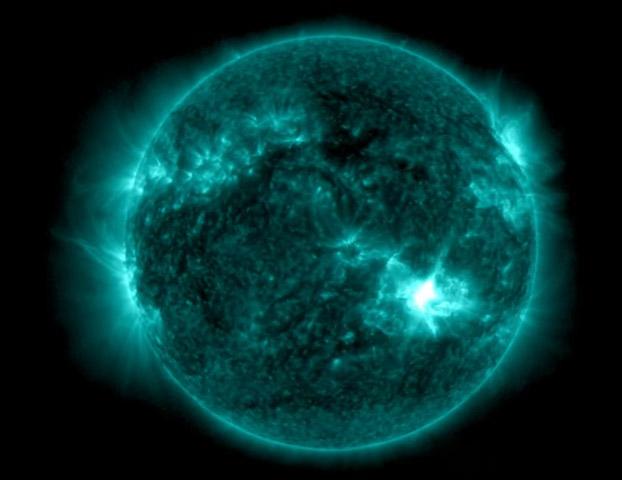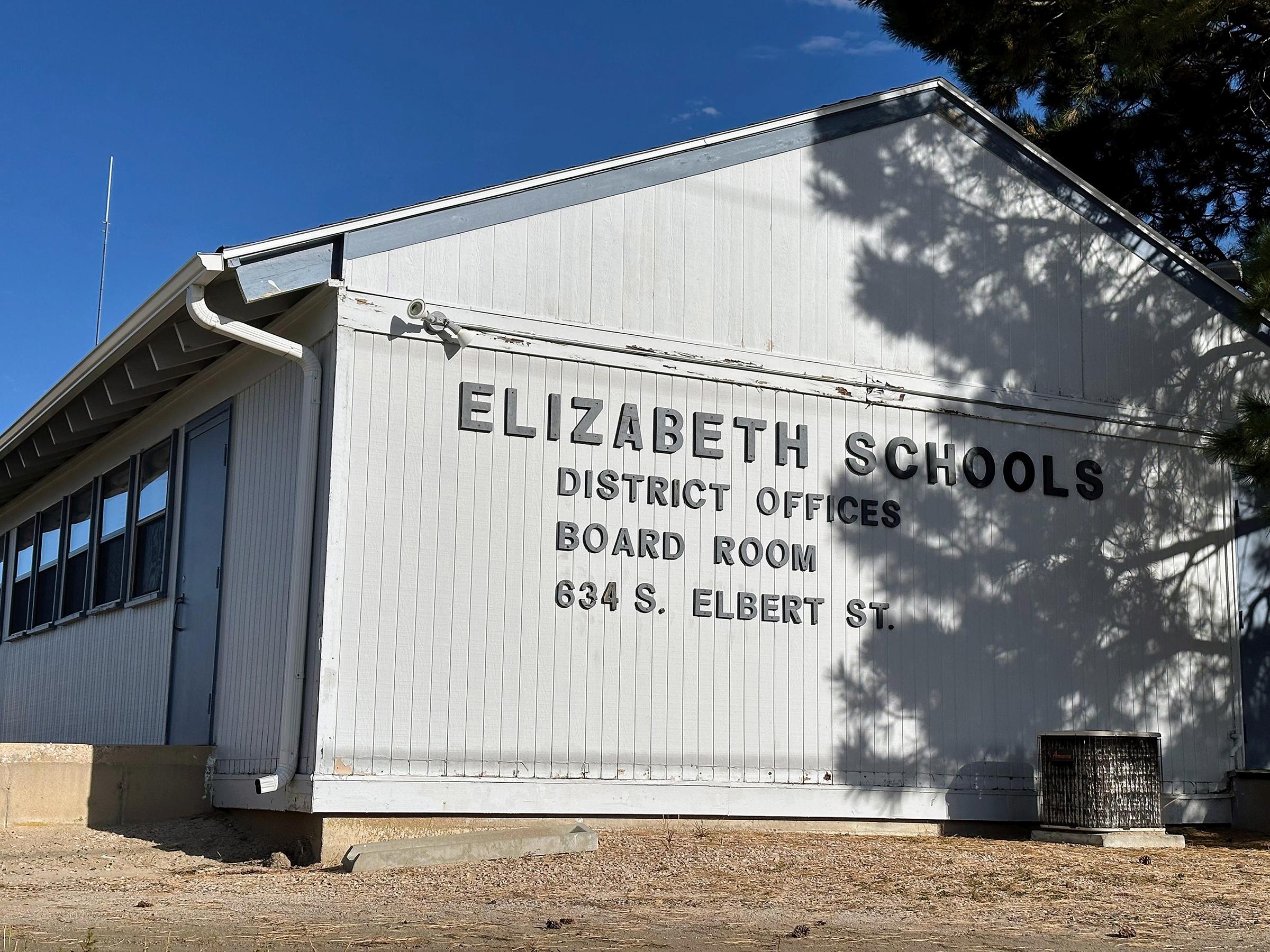
Blasts of energetic particles from the surface of the sun are now bombarding the Earth and could trigger electrical blackouts and interfere with GPS, radio transmissions and satellite communications, National Oceanic and Atmospheric Administration officials warned.
The solar storm, known as a coronal mass ejection, prompted the federal agency’s Space Weather Prediction Center, headquartered in Boulder, to warn governments and critical industries of possible disruptions, and issue a rare severe geomagnetic storm watch — the first in nearly 20 years.
“We have a very rare event on our hands,” NOAA space weather forecaster Shawn Dahl said on a Monday telephone conference with reporters. “At this point in time, it's nothing that can't be handled as far as we understand it, but the potential for stronger events of course does exist and we'll see if any materialize.”
The solar storm is more likely to affect regions in the northern part of the United States and appears unlikely to impact Colorado’s electrical grid, said Tyler Bryant with Xcel Energy, the state’s largest power provider.
Bryant said Xcel regularly tests Colorado’s grid for problems that could arise during solar storms. “We are closely monitoring our entire system for any impacts,” he said. “Our control center and field crews will respond quickly if anything occurs.”
The solar storm is coming from a complex cluster of sunspots that are 16 times larger than the Earth itself, NOAA researchers said. The storm is expected to last through Sunday and already appears to be fueling dramatically colorful atmospheric auroras in Europe. NOAA satellites should give forecasters about 20 minutes' warning before the most potentially disruptive waves hit the Earth’s atmosphere, space weather officials said Friday.
The atmospheric light show could appear over Colorado — if the clouds allow it — and tip as far south as Alabama, but NOAA scientists expect the most vivid auroras will be most visible for people in far-northern parts of the U.S.








